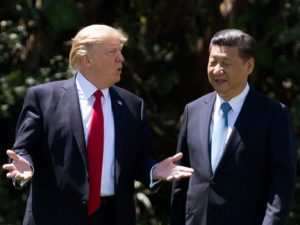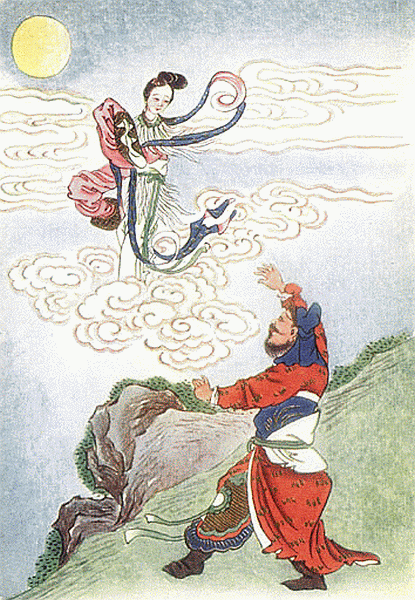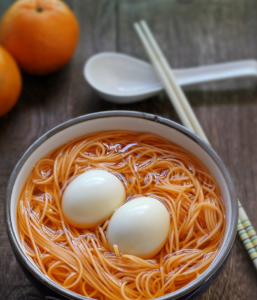Back in April, the President of the United States, Donald Trump and the President of the People’s Republic of China, Xi Jinping, met each other in real life in Florida.

Trump describes that they both have ‘great chemistry’ and mostly discussed issues regarding North Korea. The meeting included offering China better business deals with the United States in return for weakening China-North Korean deals.
China is North Korea’s biggest oil importer and major trade partner. China has, in recent months, turned down coal shipments from North Korea. The United States makes North Korea its top security concern and for many years have pressed for tougher sanctions to be placed on Pyongyang.
Many Chinese locals feel that their country should not be punished and constantly criticized for North Korea’s missiles and nuclear program, instead they would not want any conflict to happen in the Korean Peninsula. Beijing has stated that the missile and nuclear program should be settled through negotiation.
Trump had also admitted that he listened to Xi for 10 minutes and realized that it was not all that easy and that China does not have ‘tremendous power’ over North Korea. It seems like Trump did not realize the complexity of the situation until being enlightened.
After the meeting Trump tweeted, “While I greatly appreciate the efforts of President Xi & China to help with North Korea,it has not worked out. At least I know China tried!”.
Locals feel The United States continues to use China to affect North Korea. U.S. action in East Asia would have to be consulted with the South Korean government because of the U.S.-South Korean treaty after the Korean War.


